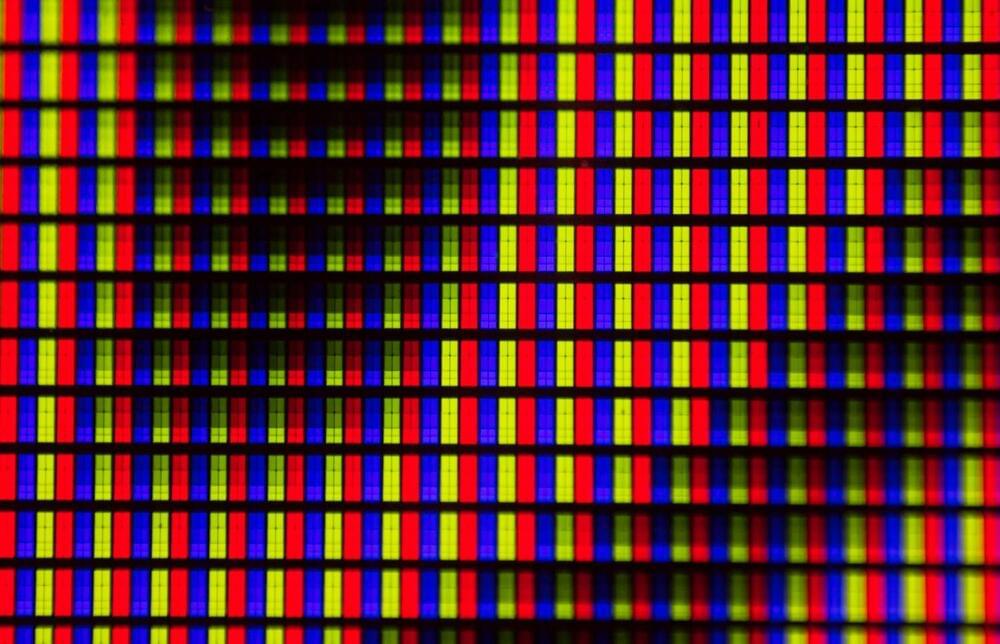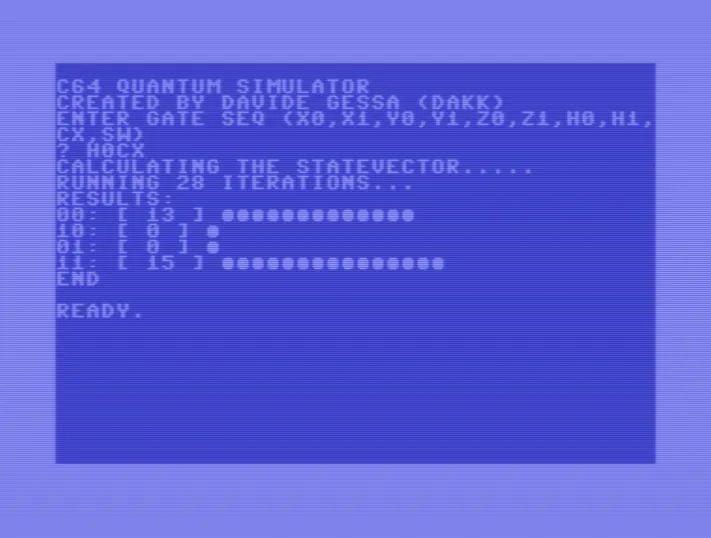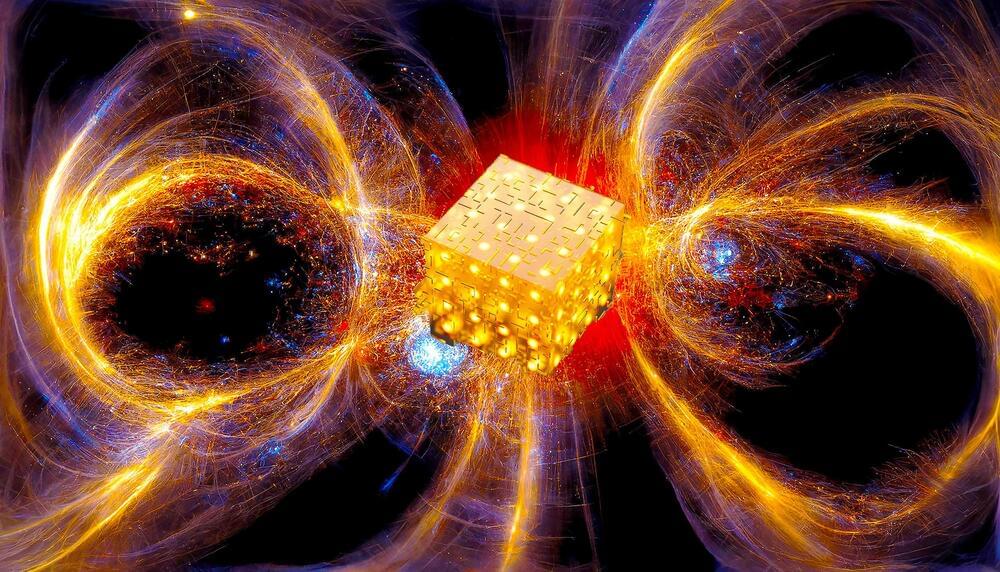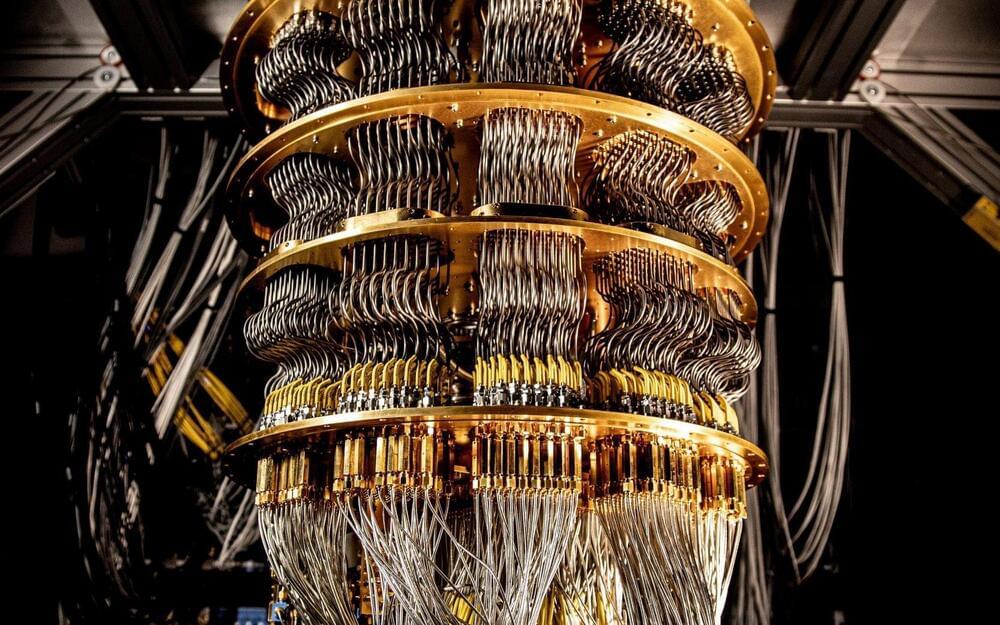When you turn on a lamp to brighten a room, you are experiencing light energy transmitted as photons, which are small, discrete quantum packets of energy.
These photons must obey the sometimes strange laws of quantum mechanics, which, for instance, dictate that photons are indivisible, but at the same time, allow a photon to be in two places at once.
Similar to the photons that make up beams of light, indivisible quantum particles called phonons make up a beam of sound. These particles emerge from the collective motion of quadrillions of atoms, much as a “stadium wave” in a sports arena is due to the motion of thousands of individual fans. When you listen to a song, you’re hearing a stream of these very small quantum particles.






